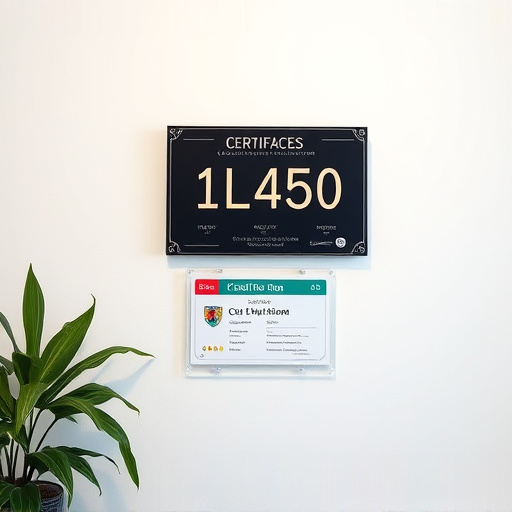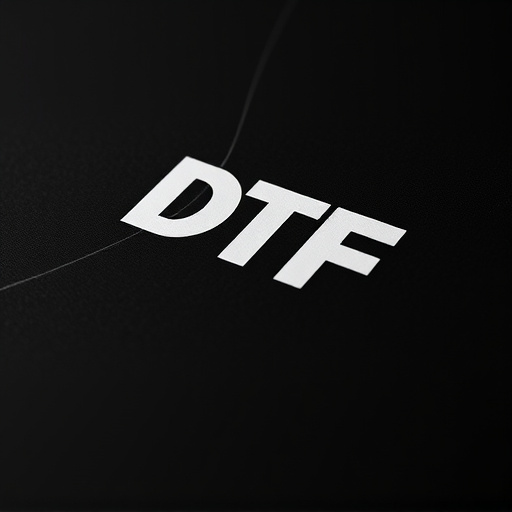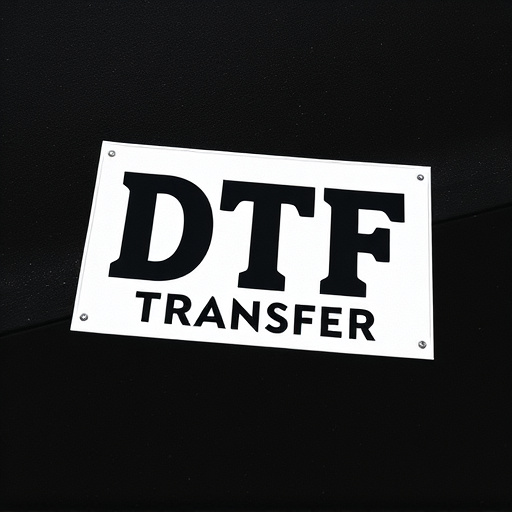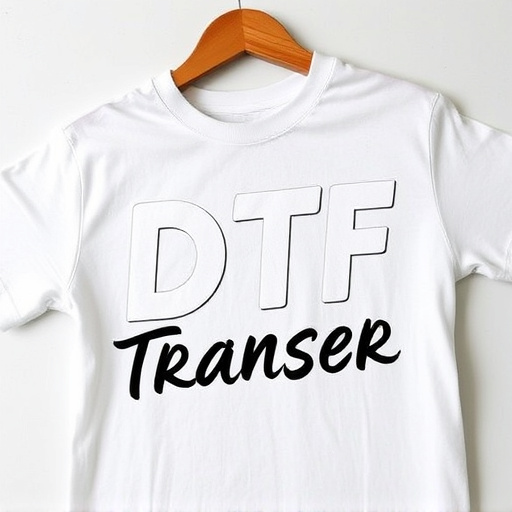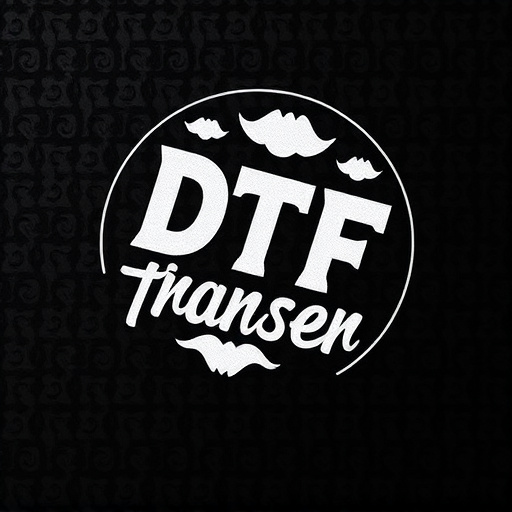Direct-to-fabric (DTF) printing is a game-changer in textiles, offering vibrant prints on diverse fabrics. For synthetic fabrics like polyester and nylon blends, compatibility factors like dimensional stability and ink adhesion are crucial for print quality. Durability depends on ink quality, fabric type, and printing process, with proper heat settings and post-printing treatments enhancing longevity. High-resolution heads, optimal ink settings, and equipment cleaning ensure vibrant DTF prints free from bleeding or peeling. Understanding fabric types' absorbency and stretch allows professionals to optimize DTF processes for exceptional results. DTF has revolutionized custom apparel, promotional merchandise, and event branding with speed and quality.
Discover the versatile world of DTF Transfer and its groundbreaking applications in fabric printing. This comprehensive guide explores the science behind DTF, unraveling compatibility secrets for optimal substrate use. Learn how DTF Prints withstand the test of time, from understanding fading resistance to mastering high-quality transfers. Dive into unique synthetic fabric options tailored for DTF applications, backed by real-world case studies. Uncover best practices to elevate your DTF Printing techniques and create lasting designs.
- Understanding DTF Transfer and Its Applications in Fabric Printing
- Compatibility Considerations for DTF Printing Substrates
- Factors Influencing DTF Prints' Durability and Fading Resistance
- Best Practices for Achieving High-Quality, Long-Lasting DTF Transfers
- Exploring Different Types of Synthetic Fabrics for DTF Applications
- Case Studies: Real-World Success Stories in DTF Fabric Printing
Understanding DTF Transfer and Its Applications in Fabric Printing

Direct-to-fabric (DTF) transfer is a cutting-edge printing technology that has revolutionized the textile industry. This method enables high-quality, vibrant prints on various fabric types, opening up a world of creative possibilities for designers and manufacturers. DTF involves transferring ink directly onto the fabric’s surface, resulting in exceptional color saturation and detail retention.
DTF Printing offers numerous applications, from custom apparel to decorative home textiles. Its versatility allows for printing on both flat and curved surfaces, making it suitable for a diverse range of products. This technology ensures fast production times and cost-effectiveness while maintaining superior print quality, making it a preferred choice for many synthetic fabric applications.
Compatibility Considerations for DTF Printing Substrates
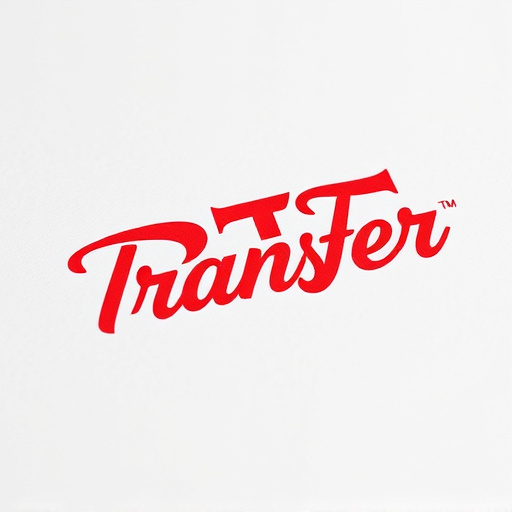
When considering substrates for DTF (Direct to Fabric) printing, it’s crucial to understand compatibility factors that ensure optimal print quality and durability. The fabric’s composition and texture play a significant role in how well the DTF transfer adheres. Synthetic fabrics, known for their versatility and performance, require specific attention due to their diverse properties. For instance, polyester and nylon blends are popular choices for DTF printing as they offer excellent dimensional stability and wrinkle resistance, making them ideal for creating vibrant, long-lasting DTF prints.
However, not all synthetic fabrics are created equal. The selection of the right substrate depends on factors such as porosity, moisture absorbency, and stretch properties. For instance, highly absorbent fabrics might cause smudging or bleeding during the printing process, while materials with significant stretch can be challenging to print accurately due to their tendency to distort. Compatibility considerations are key to achieving crisp, professional-looking DTF transfers on a variety of synthetic fabric types, ensuring that designs are reproduced with precision and vibrancy.
Factors Influencing DTF Prints' Durability and Fading Resistance

The durability and fading resistance of DTF (Direct to Fabric) prints are significantly influenced by several factors. One of the primary considerations is the quality of the ink used; high-performance, colorfast inks designed specifically for DTF transfer printing can dramatically enhance print longevity. The fabric itself also plays a crucial role; synthetic fabrics like polyester and nylon tend to hold up better against fading than natural fibers due to their lower moisture content and resistance to sunlight degradation.
Another important factor is the printing process. Proper heat settings, accurate registration, and optimal pressure during the DTF transfer ensure that the ink is securely bonded to the fabric. Additionally, post-printing treatments such as heat setting or using protective coatings can further strengthen the prints and shield them from environmental damage, ensuring vibrant colors remain intact even after extended use and exposure.
Best Practices for Achieving High-Quality, Long-Lasting DTF Transfers
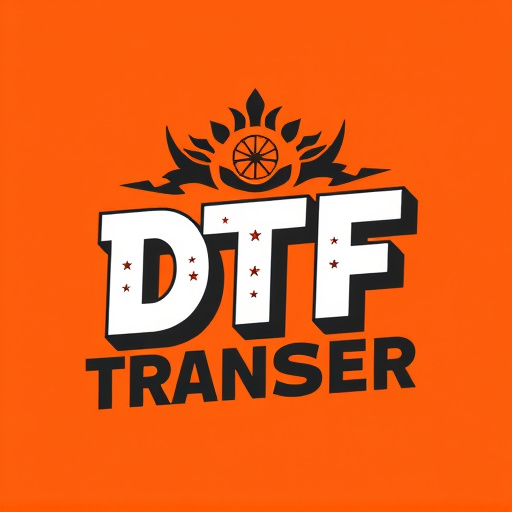
Achieving high-quality and long-lasting DTF (Direct to Fabric) transfers requires a meticulous approach and adherence to best practices. The process involves several key steps to ensure optimal results. Firstly, selecting suitable fabric is paramount; natural fibres like cotton or linen allow for better ink absorption, resulting in vibrant DTF prints. Pre-treating the fabric with appropriate chemicals helps improve adhesion, preventing ink from peeling off over time.
Furthermore, precise printing techniques are essential. Using high-resolution print heads and optimal ink settings ensures sharp details and accurate colour representation in the final DTF transfer. Proper heat application during the fusing process is critical; too much or too little heat can lead to poor adhesion or ink bleeding. Regular cleaning of printing equipment also maintains consistency, preventing blockages and ensuring smooth DTF printing for extended periods.
Exploring Different Types of Synthetic Fabrics for DTF Applications
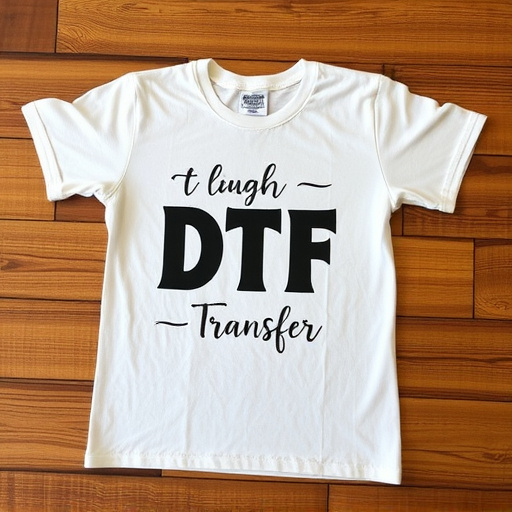
In the realm of direct-to-garment (DTF) printing, understanding the compatibility of synthetic fabrics is paramount for achieving high-quality DTF prints. Different synthetic materials, such as polyester, nylon, and spandex, offer unique properties that can impact the final outcome. For instance, polyester is a popular choice due to its durability and ability to accept inks effectively. Nylon fabrics, known for their strength and flexibility, also prove compatible, enhancing the vibrancy of DTF prints.
Exploring these synthetic options allows print professionals to make informed decisions when selecting materials for DTF transfer applications. Each fabric type has its own nuances in terms of absorbency, stretch, and ink adhesion, which can influence the overall aesthetics and longevity of DTF prints. By considering these factors, users can optimize their printing processes, ensuring the production of exceptional DTF prints that meet the desired standards.
Case Studies: Real-World Success Stories in DTF Fabric Printing
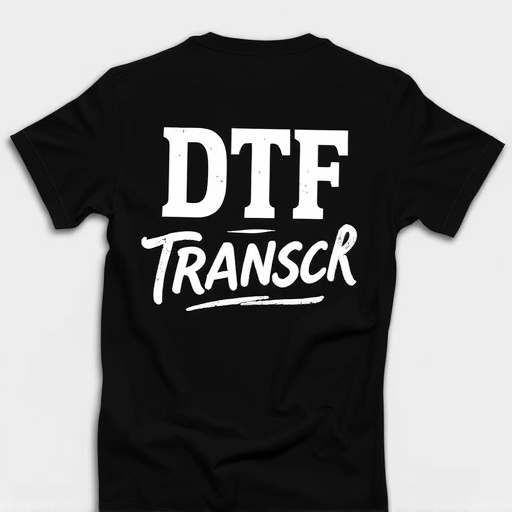
In recent years, Direct to Fabric (DTF) printing has emerged as a game-changer in the textile industry, offering unparalleled customization and design possibilities. Case studies from around the globe highlight its success in various applications. For instance, fashion designers have leveraged DTF to create limited-edition garments with intricate, detailed prints that traditional methods struggle to match. These designs often incorporate vibrant colors and complex patterns, showcasing the exceptional quality and speed of DTF transfer.
Moreover, DTF has found a niche in promotional merchandise, enabling businesses to produce custom T-shirts, caps, and bags with precision and efficiency. Event organizers have particularly benefited from this technology, printing unique, on-demand items for festivals, conferences, and brand activations. These real-world success stories underscore the versatility and reliability of DTF Printing, making it a preferred choice for both creative professionals and businesses looking to leave their mark through distinctive DTF prints.


